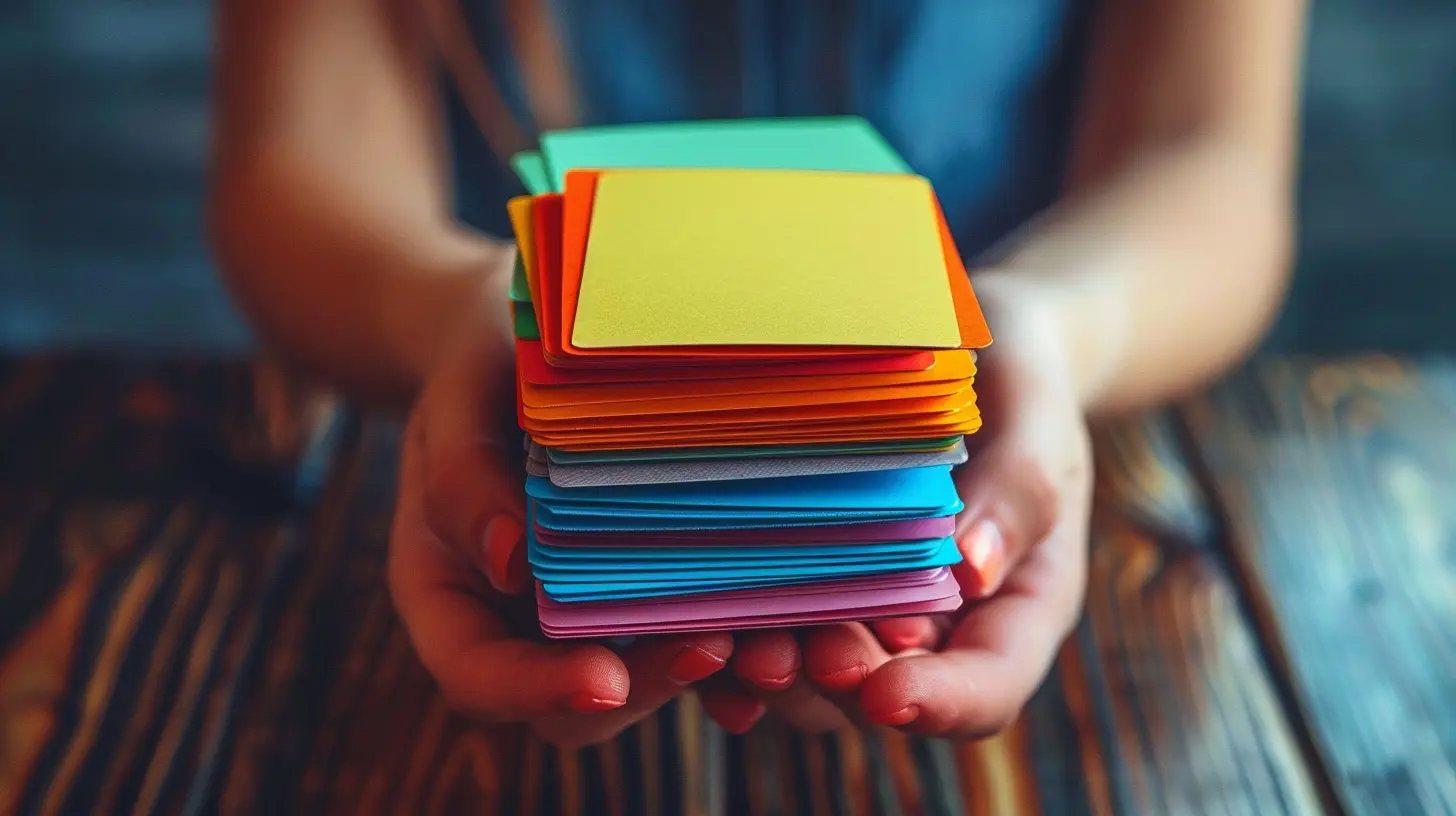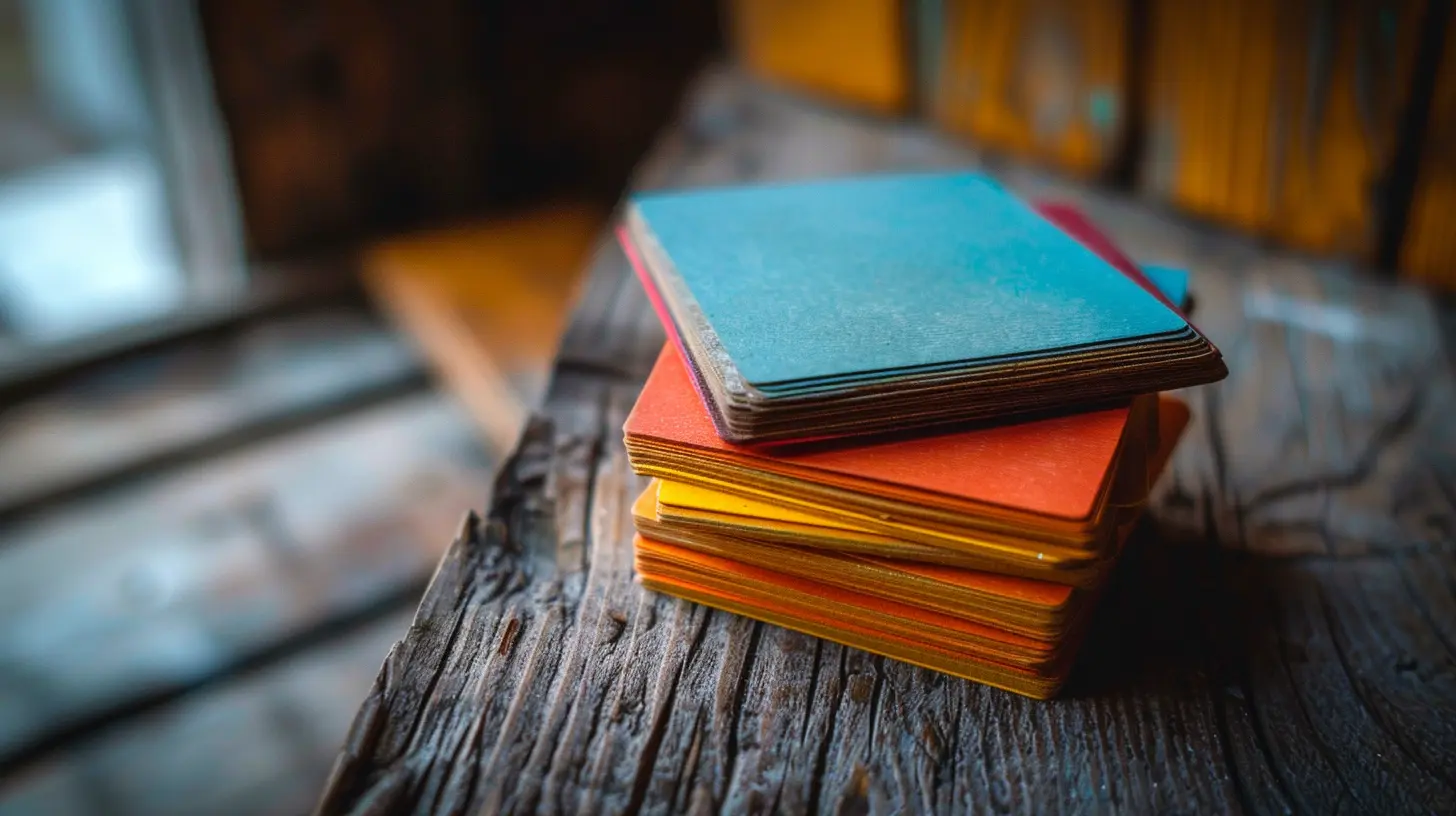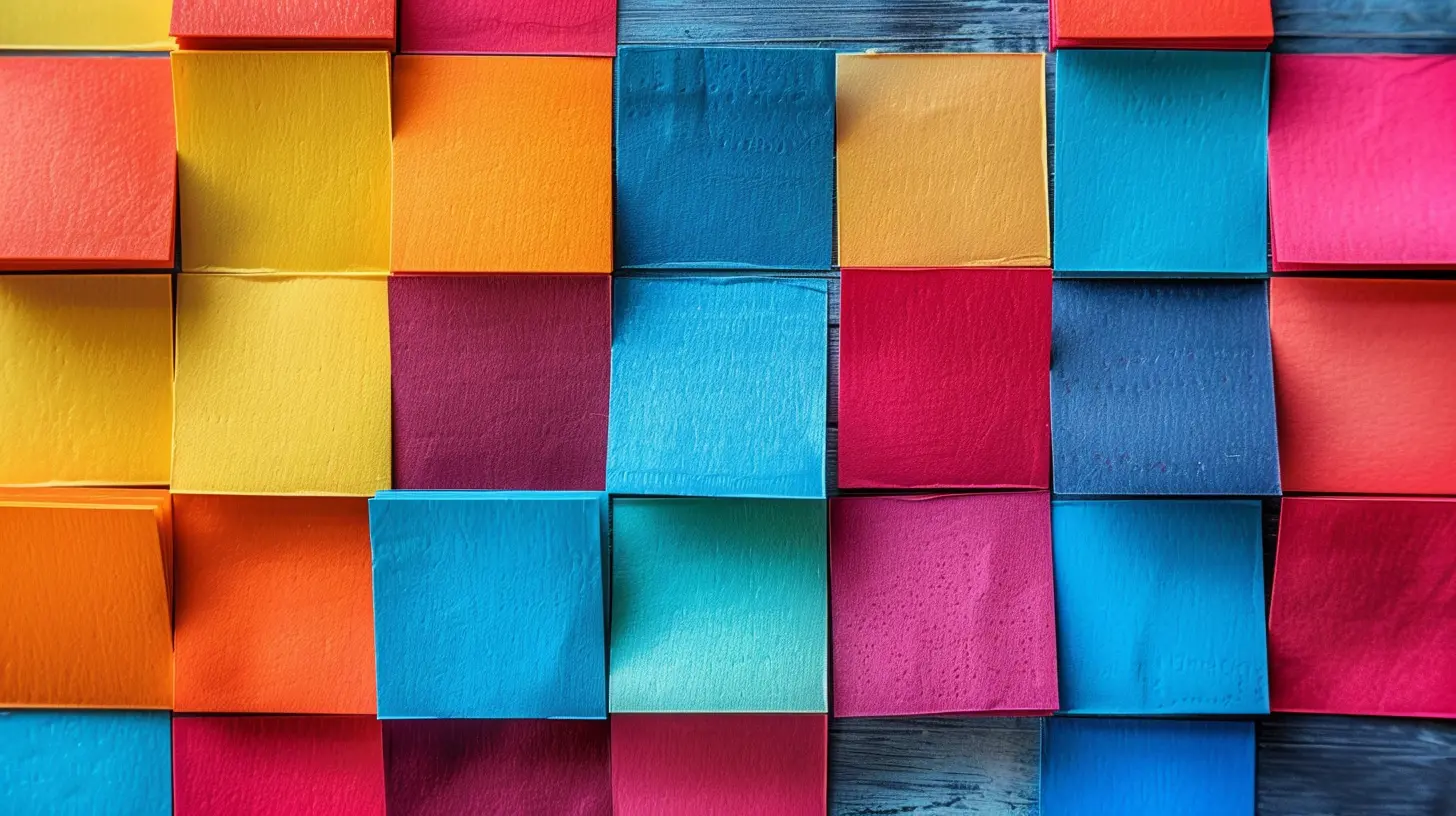How to Use Flashcards Effectively for Memorization
13 November 2025
Ever feel like you're cramming for an exam, staring at pages of notes, yet nothing sticks? You’re not alone. Memorization can be tricky, but there’s a secret weapon that students (and even professionals) have been using for years—flashcards.
But here’s the catch: simply flipping through a deck of cards won’t magically make information stick. You need to use flashcards effectively to truly soak up the knowledge. So, let’s break down the best techniques for using flashcards to supercharge your memory! 
Why Flashcards Work So Well
Before we dive into the how, let’s take a second to understand why flashcards are such a powerful learning tool.1. They Engage Active Recall – Unlike passive reading, where you just absorb information, flashcards force you to retrieve answers from memory. This strengthens neural connections and improves long-term retention.
2. They Utilize Spaced Repetition – When used correctly, flashcards help space out learning over time, which is scientifically proven to boost memory.
3. They Are Portable and Convenient – Whether digital or physical, flashcards can be used anywhere—on the bus, in bed, or during a quick coffee break.
4. They Break Information into Bite-Sized Pieces – Instead of overwhelming your brain with huge chunks of information, flashcards encourage focused learning in short bursts.
Now that we know why they work, let’s get into how to use them the right way. 
How to Use Flashcards Effectively

1. Keep It Simple – One Concept per Card
One of the biggest mistakes people make is overloading their flashcards with too much information. Each card should focus on a single question or concept—not an entire paragraph!✅ Good Flashcard:
Front: What is the capital of France?
Back: Paris
❌ Bad Flashcard:
Front: Name the capital of France, its population, famous landmarks, and the primary language spoken.
Back: Paris, 2.1 million people, Eiffel Tower, French
The goal is to test yourself quickly and efficiently. Keep it short and digestible!
2. Use Images and Diagrams
Did you know that your brain processes images much faster than text? Studies show that people remember pictures better than words alone.If you’re trying to memorize something complex, add a visual cue. Instead of just writing “Water Cycle” on a flashcard, try including a simple diagram. This makes recall faster and easier.
🔹 Tip: If you're using digital flashcards like Anki or Quizlet, upload relevant images to reinforce learning!
3. Use Both Sides of the Card Properly
A common slip-up is putting too much information on one side of the flashcard. The best way to do it? Question on the front, answer on the back.This forces your brain to actively recall the answer, instead of mindlessly flipping the card. If you're just reading the answer without trying to recall it first, you’re not truly training your brain.
4. Say Your Answers Out Loud
Ever notice that when you say things out loud, they tend to stick better? This is because speaking engages a different part of your brain, reinforcing learning.Instead of silently flipping through cards, try reading the question aloud, answering it, and then checking if you got it right. It might feel a little awkward at first, but trust me—it works!
5. Mix Up the Order
Your brain gets lazy when it predicts what’s coming next. If you always review your flashcards in the same order, you’ll start memorizing patterns rather than the actual content.To prevent this, shuffle your deck often. If you’re using digital flashcards, most apps have a randomize function—use it!
6. Implement the Spaced Repetition Method
Cramming might work for short-term recall, but if you need to remember information long-term, spaced repetition is the key.Here’s how it works:
- Review difficult flashcards more frequently.
- Review easier flashcards less often.
- Gradually increase the spaces between reviews to strengthen long-term retention.
Apps like Anki, SuperMemo, and Quizlet come with built-in spaced repetition systems (SRS) to automate the process. If you're using physical flashcards, you can create a system by categorizing them into different piles and reviewing them at set intervals.
7. Use Mnemonics and Memory Tricks
Sometimes, raw memorization isn’t enough—you need a little creativity. Try associating tough concepts with funny or bizarre mental images.For example, to remember that mitochondria is the powerhouse of the cell, picture mitochondria as a tiny power plant generating energy inside a city (your cell). The more bizarre the image, the better!
Another trick? Use acronyms. For example, to remember the order of taxonomy classification (Kingdom, Phylum, Class, Order, Family, Genus, Species), you can use:
"King Philip Came Over For Good Soup."
It sounds silly, but that’s exactly why it works!
8. Test Yourself Regularly
Think of flashcards as your personal quiz machine. To really cement knowledge, don’t just review passively—test yourself often!A great strategy is the Leitner System, which involves sorting flashcards into different “boxes” based on how well you recall them. Cards you struggle with should be reviewed daily, while easier ones can be reviewed weekly.
9. Go Digital with Flashcard Apps
Physical flashcards are great, but digital flashcards offer extra perks. With apps like Anki, Quizlet, and Brainscape, you can:✅ Carry your flashcards anywhere (no lost index cards!)
✅ Use built-in spaced repetition algorithms
✅ Add images, audio, and even voice recordings
If you're studying languages, audio flashcards can be especially helpful for pronunciation practice!
10. Make Your Own Flashcards (Don't Just Use Pre-Made Ones!)
It’s tempting to download pre-made flashcard decks, but creating your own is far more effective. Why?- Writing cards forces you to process the information deeply.
- You can personalize them with mnemonics, images, and keywords.
- You’ll remember things better because you actively engage with the content.
If you're short on time, you can modify pre-made decks to fit your learning style instead of using them as-is. 
Final Thoughts
Flashcards aren’t just for elementary kids—they’re one of the most effective study techniques for learners of all ages. But how you use them makes all the difference.By keeping things simple, engaging active recall, and using spaced repetition, you’ll turn your flashcards into a powerful memory-boosting tool.
So, the next time you need to memorize something—whether it's for a test, a presentation, or just for fun—ditch the cramming and start flipping those flashcards the smart way!
all images in this post were generated using AI tools
Category:
Study TipsAuthor:

Olivia Lewis

